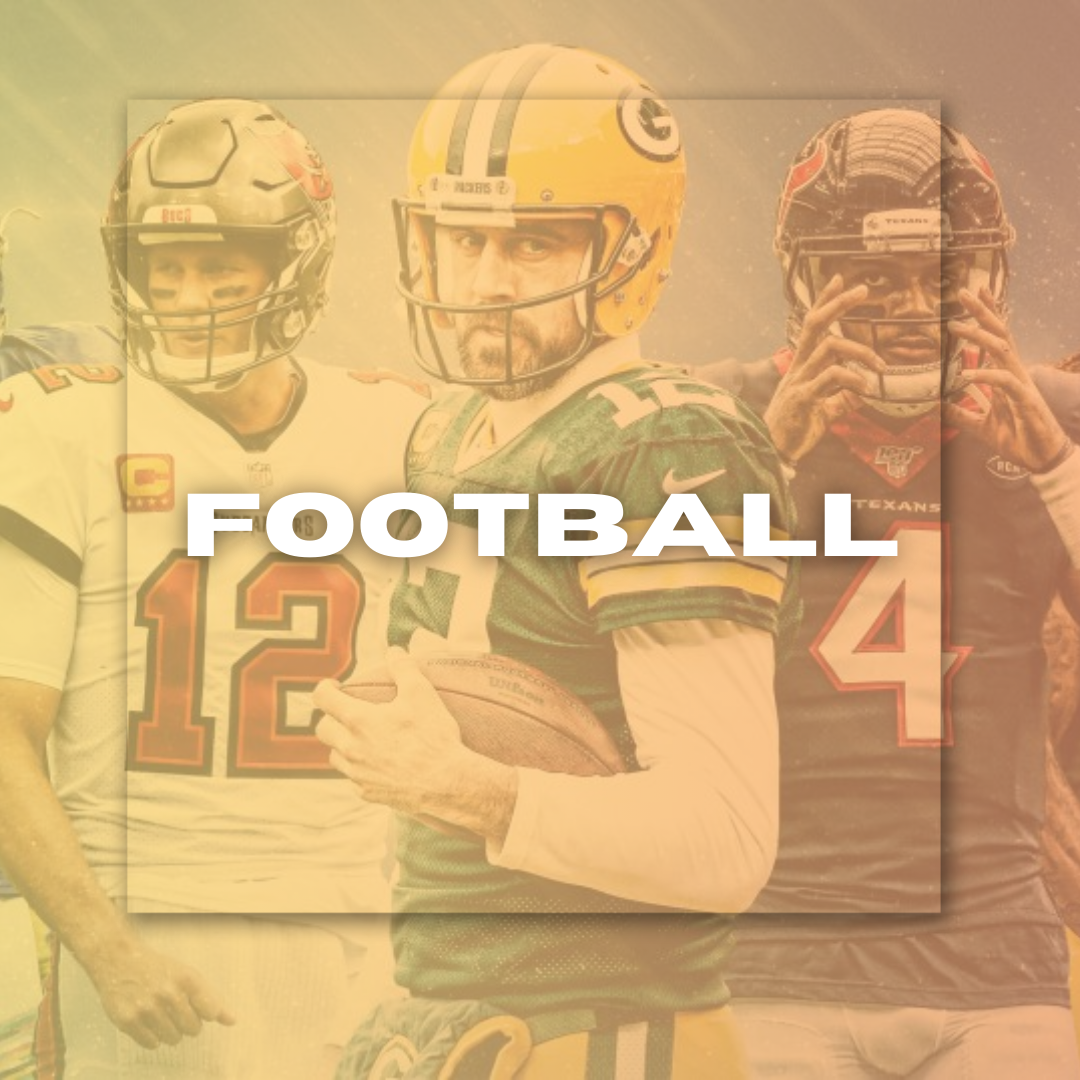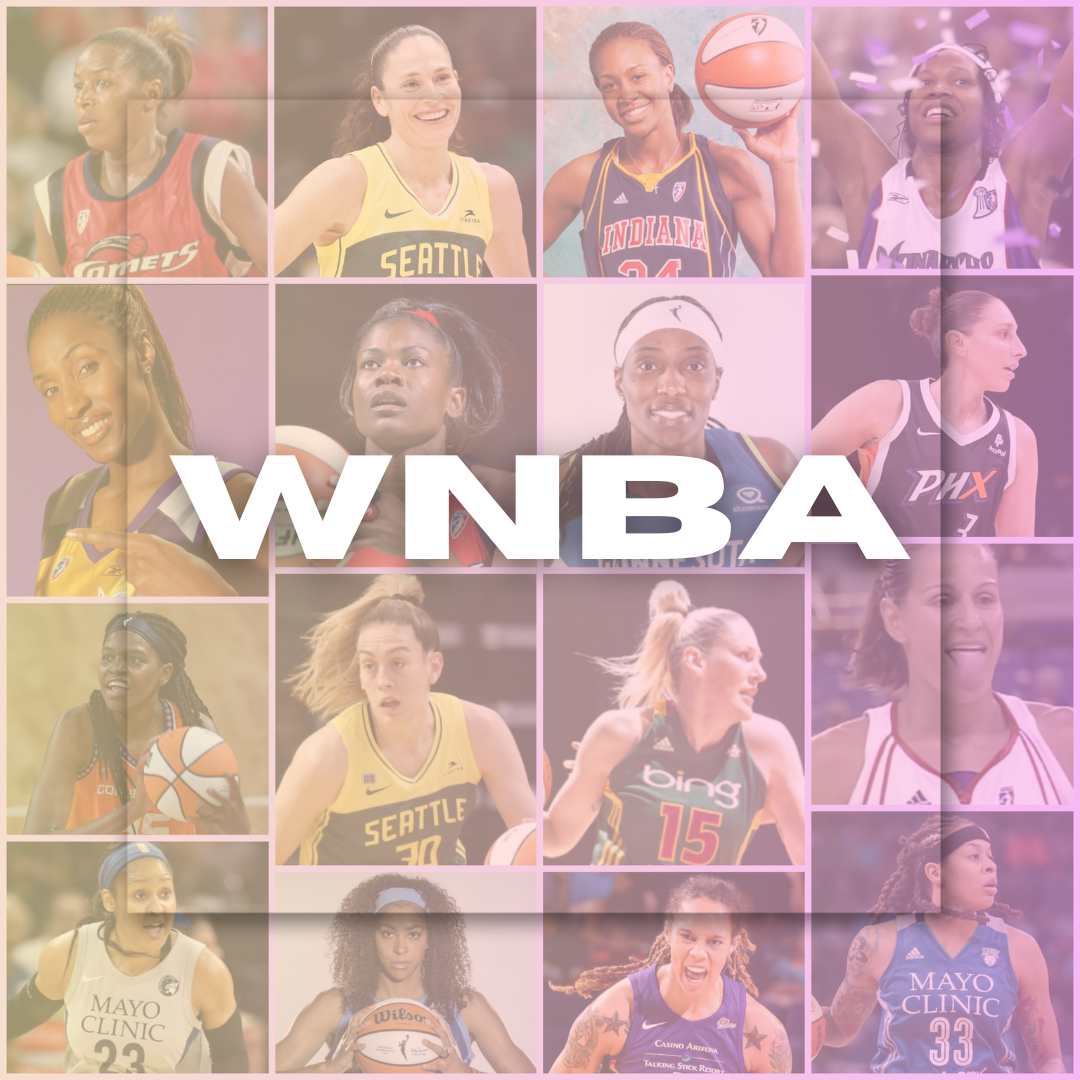
Who's in Charge of the WNBA? Discover the Faces Behind the League
By Jocelyn Alano September 06, 2024 05:33
The WNBA represents a major step forward in women's sports and is the ultimate platform for female athletic prowess and competition. Since the WNBA was founded in 1996, it has become a respected sports league and showcased an international stage for female athletes to display their talents. The league is a milestone that is more than just on-field success and the authoritative roles of women in professional sports; it also relates to gender equity. At the center of it all for the WNBA has been its leadership team that has steered through good times and bad.
Leadership Structure
The WNBA leadership is a compelling bunch with some key roles in league evolution. In the lead is Cathy Engelbert, who became the WNBA Commissioner in July 2019. Engelbert, a former CEO of Deloitte USA, has also spent time in the corporate world following her playing career. Under her leadership, the league accomplished a player-first Collective Bargaining Agreement in 2020 and secured $75 million from outside investors to deliver on transformational projects across the league.
Notable Faces in WNBA Leadership
Cathy Engelbert (Commissioner): She will be tasked with running the league, increasing its scope and ability to make money. Her vision for strategic growth is centered around consistently improving player experience and success and engagement with stakeholders and fans.
Team Owners: Team owners are very important in the league. Prominent owners: Joe Tsai, owner of New York Liberty, A strong proponent for women's sports. His participation, as well as that of his wife Clara Wu Tsai, illustrates the relocation method since it brings in a dedication to enhancing league dimensions.
Women's National Basketball Players Association (WNBPA): The WNPBA is led by President Nneka Ogwumike and features Kelsey Plum and Alysha Clark as vice presidents. This committee is essential for expressing players' opinions and dealing with their professional needs.
Challenges of Today And Initiative
The WNBA has had its share of problems, from being financially sustainable and players not getting a livable wage to trying to grow their fan base. Engelbert has since launched several initiatives to tackle those problems, such as:
Sustainability and Growth: The league's new economic model is designed to increase revenues through innovative partnerships and dedicated marketing. This includes using digital platforms to expand audiences and creating innovative content to hook fans.
Player Compensation: The 2020 Collective Bargaining Agreement was a historic agreement for the players as it set new records in salaries and travel conditions and even introduced first-time health benefits.
Impact on the Game
The leadership of the WNBA shapes how successful and popular a league can be. The league has put a greater emphasis on player development, and how to market them, and interest levels are up among fans. The presence of the WNBA across borders is transforming from a "shall not perish" period to an era of expansion remarkably influenced by Engelbert's leadership.
Player Development
The league invests in player development programs to provide elite professional skill training for athletes to succeed in the best career both on and off the court. They are aimed to help players personally and professionally succeed, the lifeblood of successful programs.
Marketing and Fan Engagement
WNBA marketing aims to capitalize on creating household names and entertaining audiences with rivalries. With the league drawing in a wide array of fans by showcasing its players, this diversity has unique stories and personalities on the salute. The involvement of NBA stars and better media coverage also helped the women's league succeed.
On the whole, WNBA survival depends on sound leadership. These have dealt with many complicated issues, from growing the game and player protection to advocating for WNBA players. The league is still growing, and the people involved are working hard to make it a more accessible arena for female athletes. With a focus on enhancing opportunities through economic success, player welfare, and collective engagement in social justice, the future of women's sports appears to continue to be led by that force. Despite the rising level of competition, passion, and effort put forth by its leaders will make sure that it is a good example for future generations to follow.


































































